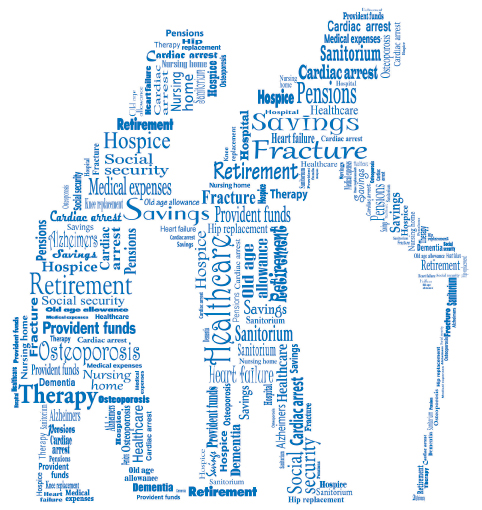Population Aging
Since the 1950s, a long standing strand of aging and health research has been concerned with population aging. It is an area of interest dominated by the work of demographers and population geographers who have particular expertise in handling and analysing large population data sets that are essential sources for these studies. Researchers have identified the spatial patterning and characteristics of demographic transitions including declining fertility (due to social change) and increasing life expectancy (due to improvements in diet, living conditions, and healthcare) that underpin demographic aging in particular areas. Following this, they have also identified the national, regional and local consequences of population aging in terms of health, society and economics. For example, research has highlighted the substantial challenges that lay ahead for governments, health services, and nongovernmental organizations in meeting even the most basic needs of those developing world populations, which are both growing and aging most rapidly. Here, countries in sub-Saharan Africa and the Asia Pacific region are particularly well researched.

With respect to developed world countries, many of whose populations are not growing significantly yet are still aging, research has highlighted the continued need for policies and planning so that health, social care, and welfare services are funded, and provided to the necessary levels and standards. These inquiries inform popular political and public questions, and are often connected to specific issues such as pensions or access to medical treatments, how to handle the needs of an aging population, and who is ultimately financially responsible for older people. One by product of this research is that, in demonstrating increasing life expectancy, it has highlighted the need to rethink older age. Most notably, instead of older adulthood being thought of as a single 'third age', increasingly it is now thought of in terms of being the third and fourth ages of life (i.e., older and most old). Other social scientific and geographical research has built on this recognition and has articulated how these groups have distinct qualities, needs, circumstances, experiences, and diversities. Indeed, rather than simply recategorizing older age, the idea of third and fourth stages of life helps recognize that many younger older people are active participants in labor markets, are active and powerful consumers in economies, and are a powerful force for social and cultural change. Notably, rather than being consumer's of health and social care, they often themselves provide care to their parents, well into their 60 s and 70 s.